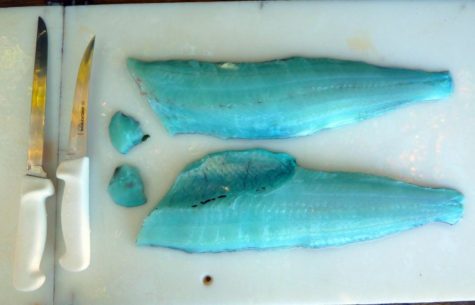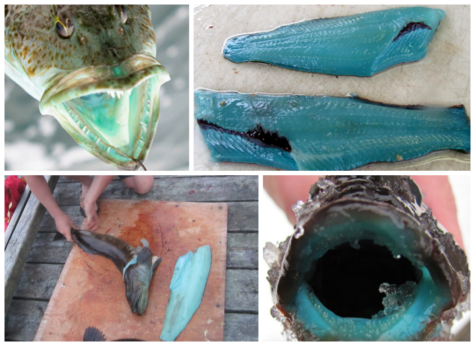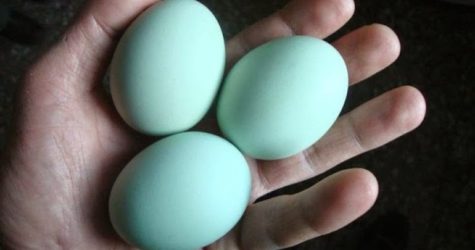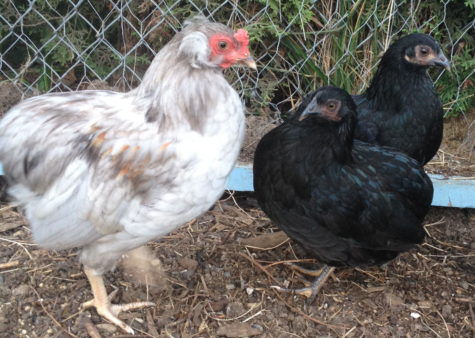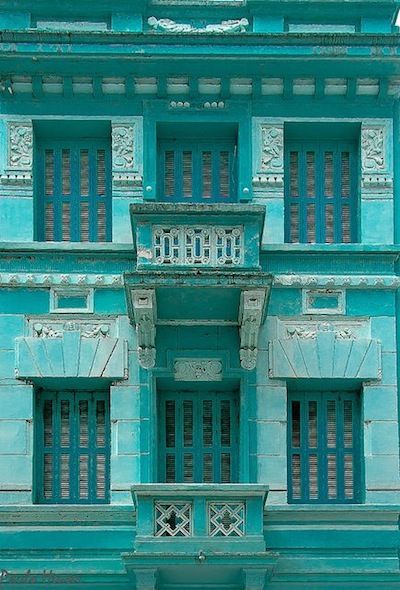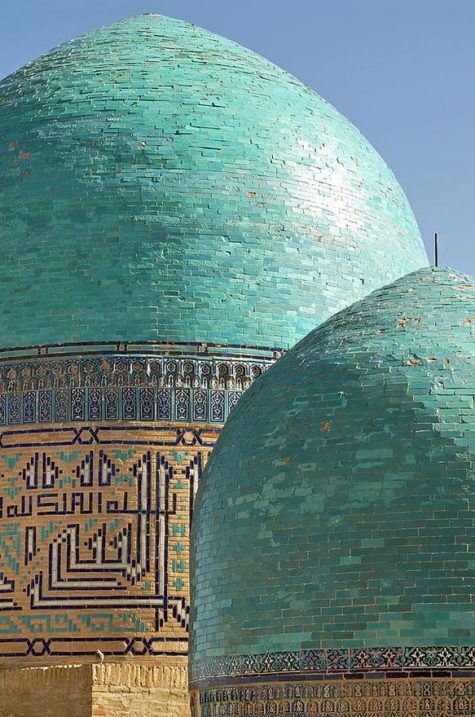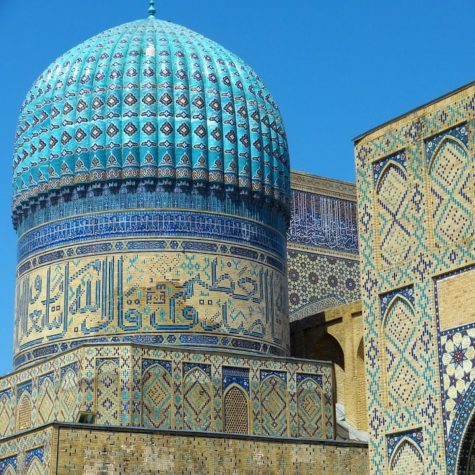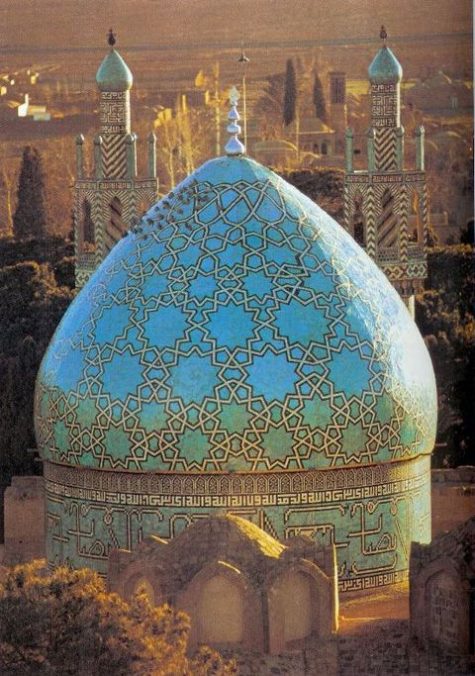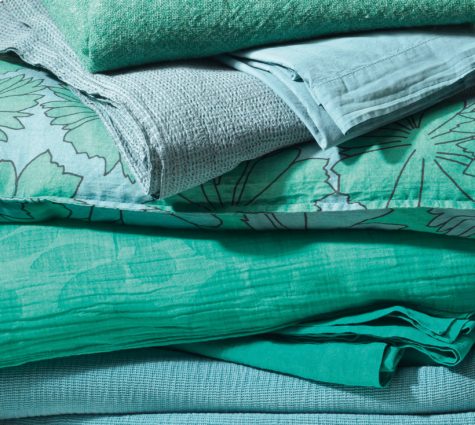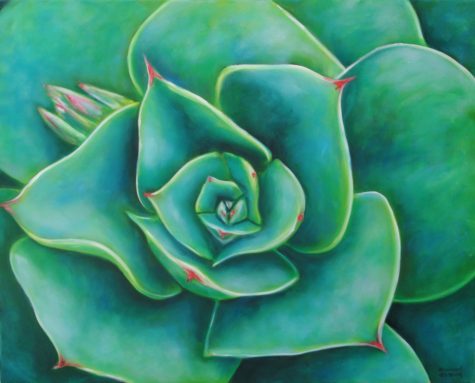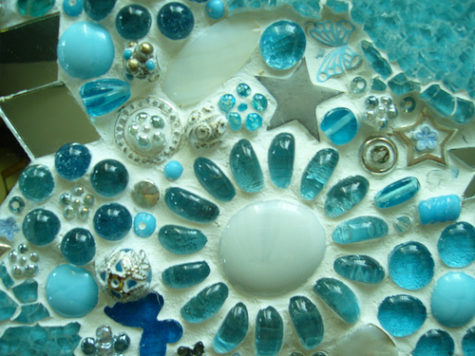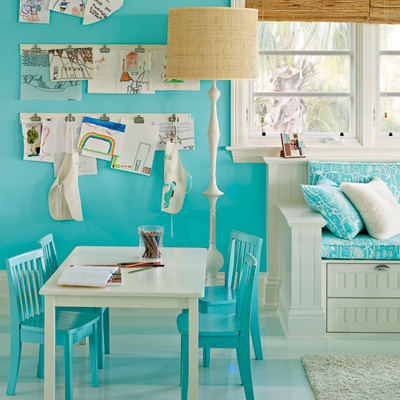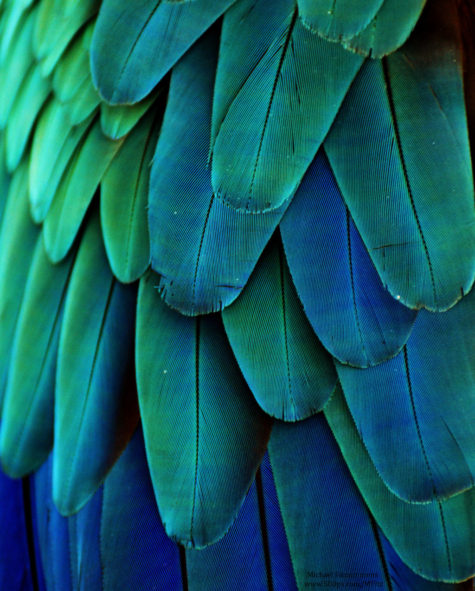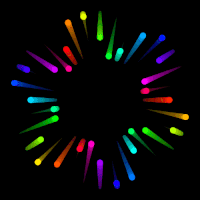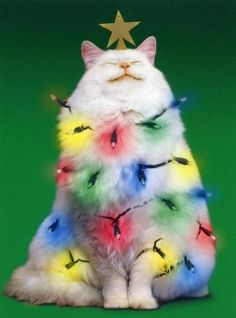Monthly Archives: March 2017
Foods That Are Turquoise
I found almost nothing in the way of foods that are naturally a turquoise color. This is what I did find:
Lingcods are sometimes found with amazing, edible blue flesh. A bile pigment called biliverdin seems to be the cause, but exactly how it gets into the flesh of the fish remains a mystery. Cooking destroys the color, but if you are wanting to eat a turquoise colored food, this seems like a possible choice.
There is also a chicken that lays blue or turquoise eggs. It’s called an Araucana. Here’s a picture of the eggs, and yes, they are real. When you crack them open, they look like any other egg.
Here’s a picture of the breed of chicken that lays these eggs:
Turquoise and Architecture
Turquoise is a stone and color that is strongly associated with the domes and interiors of large mosques in Iran, Central Asia and Russia. Turquoise is a blend of green and blue. It is so named because the Turks were fond of the color and decorated many of their buildings with turquoise ceramic glazed tiles.
Traditionally, the guiding formative motif of Iranian architecture has been its cosmic symbolism “by which man is brought into communication and participation with the powers of heaven”. This theme has not only given unity and continuity to the architecture of Persia, but has been a primary source of its emotional character as well.
Iran (previously known in the West as Persia) has remained an important source of turquoise for at least 2,000 years. It was initially named by Iranians “pirouzeh” meaning “victory”, and later the Arabs called it “firouzeh”. In Iranian architecture, the blue turquoise was used to cover the domes of palaces because its intense blue color was also a symbol of heaven on earth.
Here are some beautiful examples:
Healing With The Color Turquoise
In healing Turquoise can help to calm hyperactive or hypersensitive people . Turquoise calms the mind and is cooling to the nervous system. assists immunity and is one of the colors for throat chakra. It is a powerful cleanser and can be used as an all purpose higher octave color for healing. It can be used to improve the circulation and healing effect of energy in general.
Healing with the color turquoise:
- Turquoise is important for respiratory system and in strengthening the metabolism.
- It is cooling to the system, and can be beneficial in easing all feverish conditions and for balancing all systems of the body. It can also be used to cool and ease any inflammation.
- Combines both the beneficial effects of blue and green.
- It vitalizes all systems. It is also purifying.
- In treating febrile diseases, change to turquoise when the temperature is normal.
- Turquoise is useful in treating skin conditions, throat problems, and it is very effective for acute pain and earaches.
- Turquoise is a prime skin-building color and should be used after the pain from burns is relieved. Turquoise hastens the formation of new skin.
- It eases respiration problems. It is effective in treatment of asthma and bronchitis, especially with children. Regular color breathing with turquoise or aqua can prevent intense attacks of asthmatic conditions.
- Turquoise is good for immune system, skin (burns and infections), mental relaxation, acidic, tonifier, regulates lung/large intestine systems.
- Turquoise stimulates the Thymus center, or Higher Heart Chakra.
- Increases intuition and sensitivity.
- Turquoise is a cerebral depressant for over-active mental patients.
- It enhances the ability to focus and concentrate, assisting with clear thinking and decision-making, and the development of good organizational skills.
- Works as a disinfectant and antiseptic.
- Tones the general system.
- Relaxes sensations of stress.
- It is calming yet invigorating, restoring depleted energies.
- It resonates to the thymus and thyroid glands of our endocrine system.
- Turquoise has a strengthening influence on all systems of the body bringing a sense of inner confidence.
- Treats disillusionment and apathy
- Also good for communication issues, cleansing , breath issues, physical detox , rebirthing , purification , sterilization , transition , pain, and hearing.
Turquoise imbalance:
- Too much of this color in your life may give you an overactive mind and create emotional imbalance, making you either over-emotional or non-emotional.
- Too little turquoise in your life may cause you to withhold your emotions, resulting in secrecy and confusion about your direction in life.
Note: This post was compiled by Shirley Twofeathers for Color Therapy, you may repost and share without karmic repercussions, but only if you give me credit and a link back to this website. Bright Blessings.
The Color Turquoise
“She would be half a planet away, floating in a turquoise sea,
dancing by moonlight to flamenco guitar.”
― Janet Fitch, White Oleander
Turquoise is a blend of green and blue. It is so named because the Turks were fond of the color and decorated many of their buildings with turquoise ceramic glazed tiles.
Turquoise has the calming, expansive nature of green and the cool, quiet flow of blue. It can bring to mind a particular quality in the sky before or after sunset, a calm, warm sea, a beautiful lagoon, a pure mountain stream or distant hills in the mellow light of late summer
Turquoise is the color of the deep subconscious. Since the lungs vibrate in the green range, turquoise also belongs to the lungs, especially to the higher vibration of the lungs, which is spirituality, creativity, intuition, imagination, and the synchronistic quality of bring “in tune” with nature, with oneself, with “the flow.” The process of psychic opening is assisted with the color turquoise, as well as violet, and wearing turquoise around the neck is good for the voice, expression, creativity, since the root urge of creativity is to express.
This is a color that recharges our spirits during times of mental stress and tiredness, alleviating feelings of loneliness. You only have to focus on the color turquoise, whether on a wall or clothing and you feel instant calm and gentle invigoration, ready to face the world again!
It is a great color to have around you, particularly in an emergency, as it helps with clear thinking and decision-making. It assists in the development of organizational and management skills. It influences rather than preaching and demanding.
This is a good color to aid concentration and clarity of thought for public speakers as it calms the nervous system, gives control over speech and expression, and builds confidence. Print your speech notes on turquoise and every time you glance down you will feel the effects of the color.
It heightens levels of creativity and sensitivity; it is good at multi-tasking, becoming bored if forced to focus on one thing only. Sometimes thinking can become scattered if surrounded by too much of this balancing color.
Turquoise’s essence is clear, fresh, focused, youthful, imaginative, transformational, clean, sensitive, changing, rarefied, new, and victorious. Turquoise encourages inner healing through its ability to enhance empathy and caring. It heightens our intuitive ability and opens the door to spiritual growth. It is the color of the evolved soul. Turquoise encourages clarity in thoughts, feelings, and communication.
Note: This post was compiled by Shirley Twofeathers for Color Therapy, you may repost and share without karmic repercussions, but only if you give me credit and a link back to this website. Bright Blessings.
Designing With Turquoise
A mix of blue and green, turquoise has a sweet feminine feel while the darker teal shades add lively sophistication.
~ Jacci Howard Bear
Turquoise is, generally thought to consist of 70% blue and 30% green. A blend of blue and green, shades of turquoise, have the same calming effects of those colors and shares the symbolism and characteristics of both colors. Aqua, aquamarine, beryl, blue-green, cerulean, teal and ultramarine are all names for turquoise colors.
Turquoise is much more than another color from the gemstone lineup. Its many shades, hues and tones combine to paint a world of joyousness and glee. Just like the gemstone, the color is deeply ingrained in human history as one that brings peace, harmony and lasting happiness. Native Indians believed that this fallen sky stone had an ability to ward off evil and offer health. Similarly the color has been embraced by cultures across the world as one that energizes interiors while providing pleasure and serenity.
This in-between color represents water, thus the names aqua and aquamarine. Like still water, it projects peace and tranquility. It is an open and friendly color that offers balance and stability. Turquoise is linked to emotional balance and serenity.
The positive connotations connected with turquoise color are sophistication, healing, protection and spirituality. The negative connotations are envy and—from a design standpoint with the light bright shades—femininity.
The color turquoise undoubtedly takes its name from the valuable and popular mineral of the same name often used in jewelry. Turquoise is closely associated with the Middle East and the American Southwest. jewelry. Turquoise is closely associated with the Middle East and the American Southwest.
From the mosaics of the ancient world, the aqua clay paint accents of Northwest Native American works to the rather kitchy “modern ” of the fifties, such as cone shaped plastic chairs , and lava lamps, these shades have been used in a startling range of ways.
Turquoise is equally popular with men and women. Although the dark shades of turquoise are perceived to be masculine, you can create feminine appeal in your design with the light shades of turquoise.
Some shades of turquoise have a ’50s or ’60s retro feel. Teal has a darker, somewhat more sophisticated look. Like the mineral, turquoise shades range from almost sky blue to deep greenish blues.
Keep the soft, feminine qualities going in a design by combining turquoise with lavender or pale pink. Bright turquoise and pink create a sparkly clean, retro look.
Make it art deco by pairing turquoise with white and black. Turquoise with gray or silver as well as terra cotta and light brown has an American Southwest flavor. Turquoise combined with orange or yellow creates a fresh, sporty look. The color is often used in tropical designs.
TURQUOISE COLOR SELECTIONS
 If your graphic design project is headed for print, use the CMYK formulations for the turquoise color you choose or specify a spot color. If your project will be viewed onscreen, use the RGB values. Use Hex codes if you work with websites. Turquoise colors include:
If your graphic design project is headed for print, use the CMYK formulations for the turquoise color you choose or specify a spot color. If your project will be viewed onscreen, use the RGB values. Use Hex codes if you work with websites. Turquoise colors include:
- Pale Turquoise: Hex #aeeeee | RGB 174,238,238 | CMYK 27,0,0,7
- Turquoise: Hex #00c5cd | RGB 0,197,205 | CMYK 100,4,0,20
- Bright Turquoise: Hex #00e5ee | RGB 0,229,238 | CMYK 100,4,0,7
- Medium Turquoise: Hex # | RGB 72,209,204 | CMYK 66,0,2,18
- Aquamarine: Hex #7fffd4 | RGB 127,255,212 | CMYK 50,0,17,0
Note: This post was compiled by Shirley Twofeathers for Color Therapy, you may repost and share without karmic repercussions, but only if you give me credit and a link back to this website. Bright Blessings.
Variations of the Color Turquoise
Aqua: Closer to green than blue, aqua is refreshing and uplifting. It is creative and light-hearted, yet strong and individual.
Aquamarine: Enhancing creativity and inspiration, the color aquamarine calms and balances the mind and the emotions. May indicate a sedentary person, a bit lazy, who may spends a bit too much time meditating.
Teal: A more sophisticated version of turquoise, teal signifies trustworthiness and reliability. It promotes spiritual advancement and commitment.
Blue Green: Indicates a dreamy person, emotional, thinker rather than a doer, insight, someone with the perception who sees possibilities. They mean well but may presume to know what is right for everyone else.
